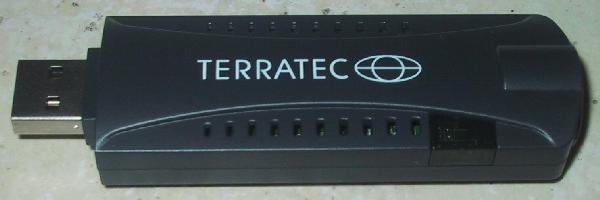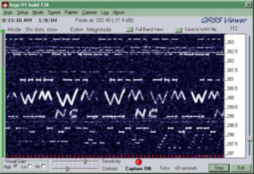
Not exactly LF related, but a jolly good wheeze. RTL-SDR is Software Defined Radio using a $20-ish USB dongle with a 'puter. How can you not?
Reducing Noise on Receive Antennas
Dusted off, topped and tailed this introductory guide I wrote 150 million years ago. Partially about searching-and-destroying the noise-makers, but mostly about how to do feedlines for most signal and least noise. It's under
Reducing Noise.
Donner und Blitzen - getting very, very old . . .
Thunder and Lightning. Bad news for radio (ruins LF reception) and bad news for radios (smoke). Correspondingly, the monitoring and 'Grabulators' antennas will be unapologetically yanked if any storms threaten. Check the DCF-39 spectrogram for the noise level here, and of course the lightning plots, - if there are any blue blotches anywhere within propagational range, reception will be knackered.
Lightning - yes, a recurring theme!
Some near-real-time lightning plots, egregiously nicked from the University of Washington website, to which links are included for a highly recommended visit.
DCF-39
Near real-time signal-strength vs. time graphical display of the German LF (Low Frequency) data station 'DCF-39' on 139kHz as received in Pennsylvania. This is a useful guide to Transatlantic LF propagation.
Lakihegy
No, not some evil new disease... Experimentally, the signal from a recently introduced power-system control data station in Hungary on 135.43kHz is being monitored and plotted here in Pennsylvania. The signal is similar to that from DCF-39 in Germany (which of course has been monitored here for some time). It is a Big Signal using a killer tower at Lakihegy, just outside Budapest. Presently the plots are being shown for direct comparison together with DCF-39.
'Part 5'
A number of US stations with FCC 'Part 5' (experimental / test&development) grants are operating on what, elsewhere in the world, is the 136kHz amateur band. A near-real-time spectrum monitor is running on Grabulator III / Live Part 5 covering the 'Watering Hole' (informal beaconing region) at around 137.780kHz. Some mighty big signals show up here! Wear shades: The colour scheme is, well, interesting . . .
'Argo' Live Captures - the 'Grabulator'
The 'Grabulator' is sitting continually monitoring the 185.300kHz 'Lowfer' 'watering hole' frequency, whilst a second ('Grabulator II') is tuned to whatever is of most immediate heart-fluttering interest, either on the 136kHz amateur band or in Lowfer-world.
There is also a rogue's gallery of earlier captures ranging from European transatlantic signals to "How many Lowfer signals can you cram in a 6Hz wide window?". (Answer: 11 so far. ) In particular, 'Decifer' (a thumbnail of which is to the right) is a stunning capture of ten Lowfers simultaneously.

Last updated: Springtime!
© Steve Dove, W3EEE, 2003,4,5,6,7,8,9

